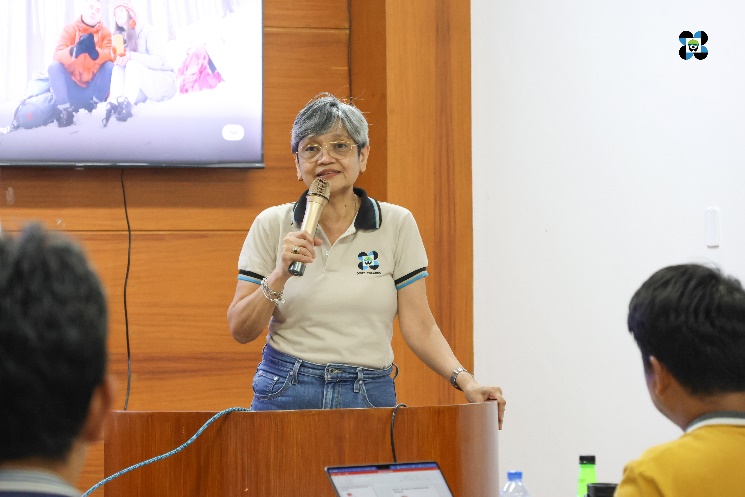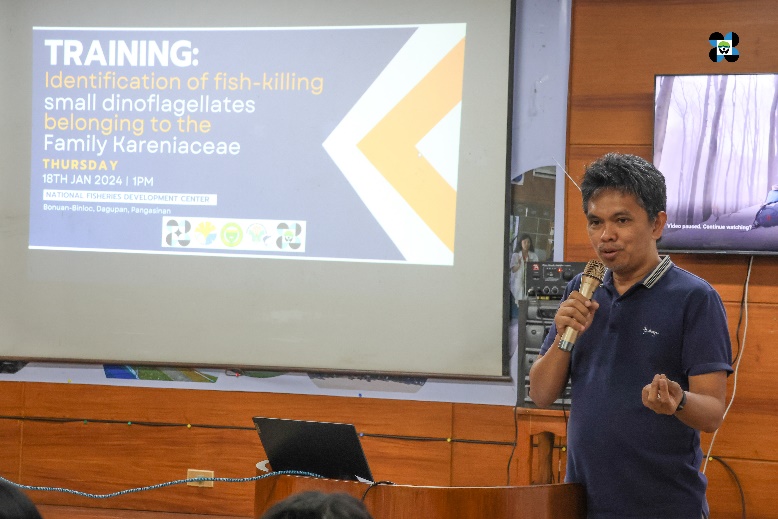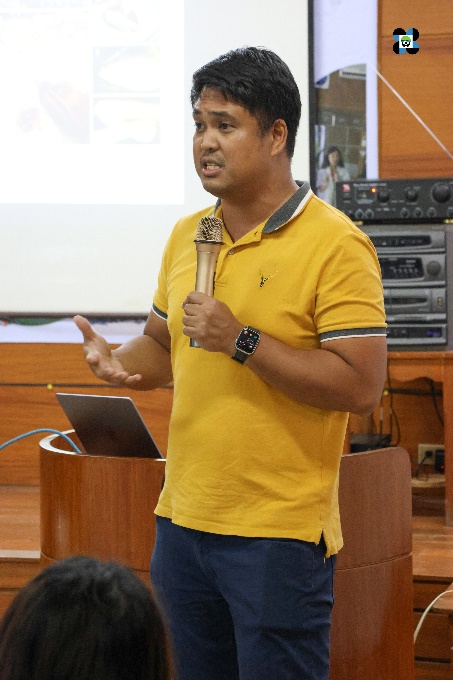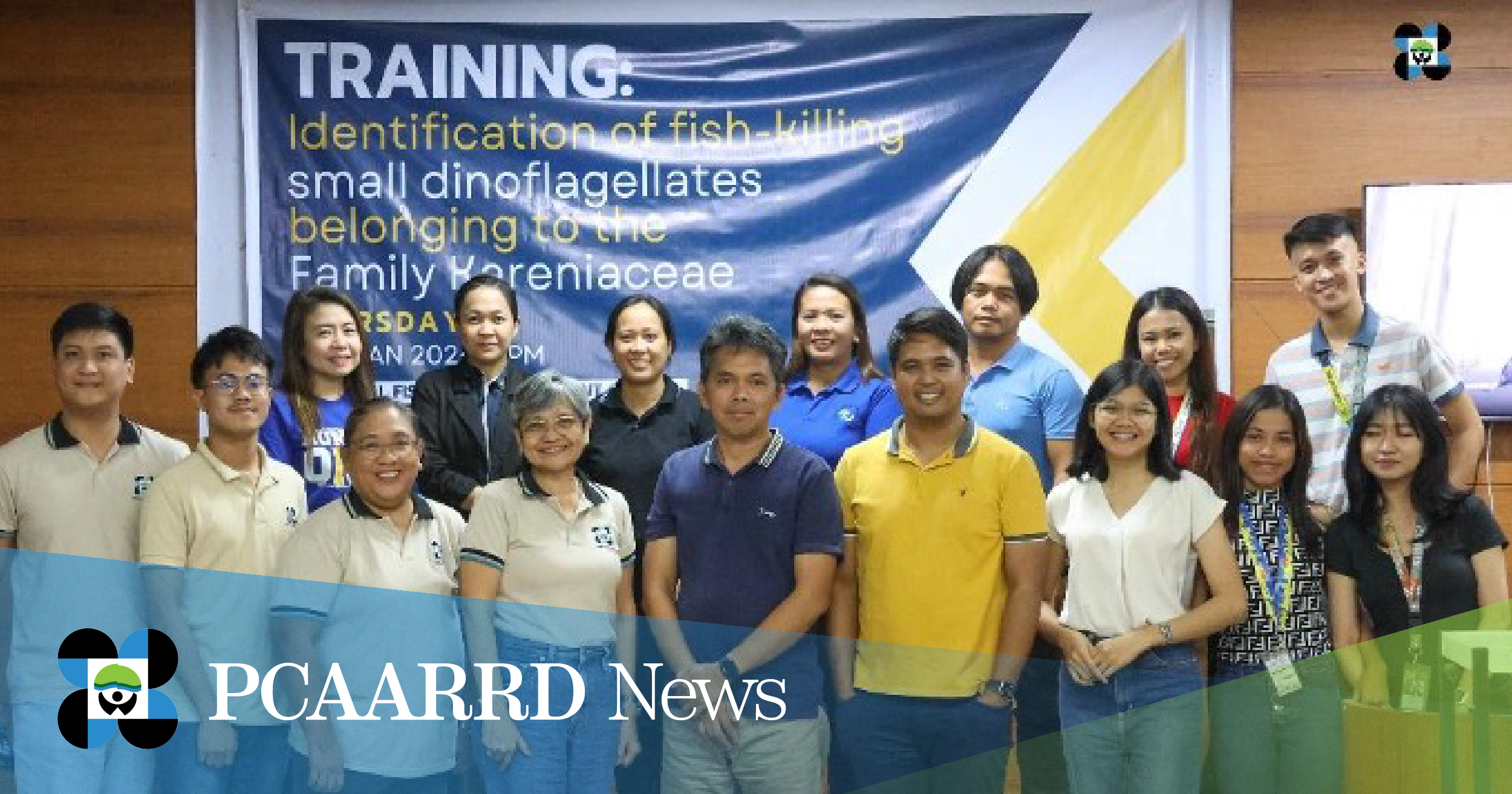The Algal Diversity and Bioresources (ADB) laboratory team led by Dr. Garry A. Benico of the Central Luzon State University (CLSU) organized a training on the identification of fish-killing small dinoflagellates that belong to Family Kareniaceae.

CLSU-ADB’s training primarily capacitated the Bureau of Fisheries and Aquatic Resources (BFAR) monitoring personnel of Regions 1 and 3 on identifying Family Kareniaceae fish-killing small dinoflagellates. It also aimed to increase participants' understanding of proactively managing harmful algal blooms (HABs), minimizing harm to fisheries, and effectively managing marine resources. The training was held on January 18, 2024, at the BFAR-National Fisheries Development Center (NFDC), Bonuan-Binloc, Dagupan City, Pangasinan.
The initiative is part of the ongoing Department of Science and Technology Grants-in-Aid (DOST-GIA)-funded project under the Japan Society for the Promotion of Science (JSPS) Joint Research Program, “Distribution and Diversity of Harmful Kareniacean Dinoflagellates in Philippine Coastal Waters.”

NFDC Chief Dr. Dennis D. Tanay gave his welcomed the participants during the training. (Image credit: MRRD, DOST-PCAARRD)
NFDC Chief, Dr. Dennis D. Tanay in his welcome remarks highlighted the issue of HABs’ prevalence in tropical coastal water and the importance of forging partnerships among various agencies to address it. The Philippine Council for Agriculture, Aquatic and Natural Resources Research and Development of DOST (DOST-PCAARRD) Marine Resources Research Division (MRRD) Director Mari-Ann M. Acedera inspired the participants with the Council’s strong support for the project. She also recognized the efforts of marine scientists and researchers to understand the occurrence of HABs in different coastal regions in the country.
Project Leader Dr. Benico presented the project's results that include 6 newly described species of Kareniaceae and other HABs, 9 established Kareniacean cultures, and 6 new country reports. In addition, he shared key morphological characteristics to help identify Kareniacean dinoflagellates.
Participants from BFAR Regions 1, 3, and NFDC participated in sampling collection in the coastal area of Dagupan City within the vicinity of BFAR-NFDC. The training also demonstrated the uses of different mesh sizes of plankton nets, the importance of obtaining environmental parameters, such as water salinity and temperature, and proper storage of collected samples for transport. Moreover, participants underwent hands-on training in viewing live specimens and readily prepared fixed cultures under the microscope.



